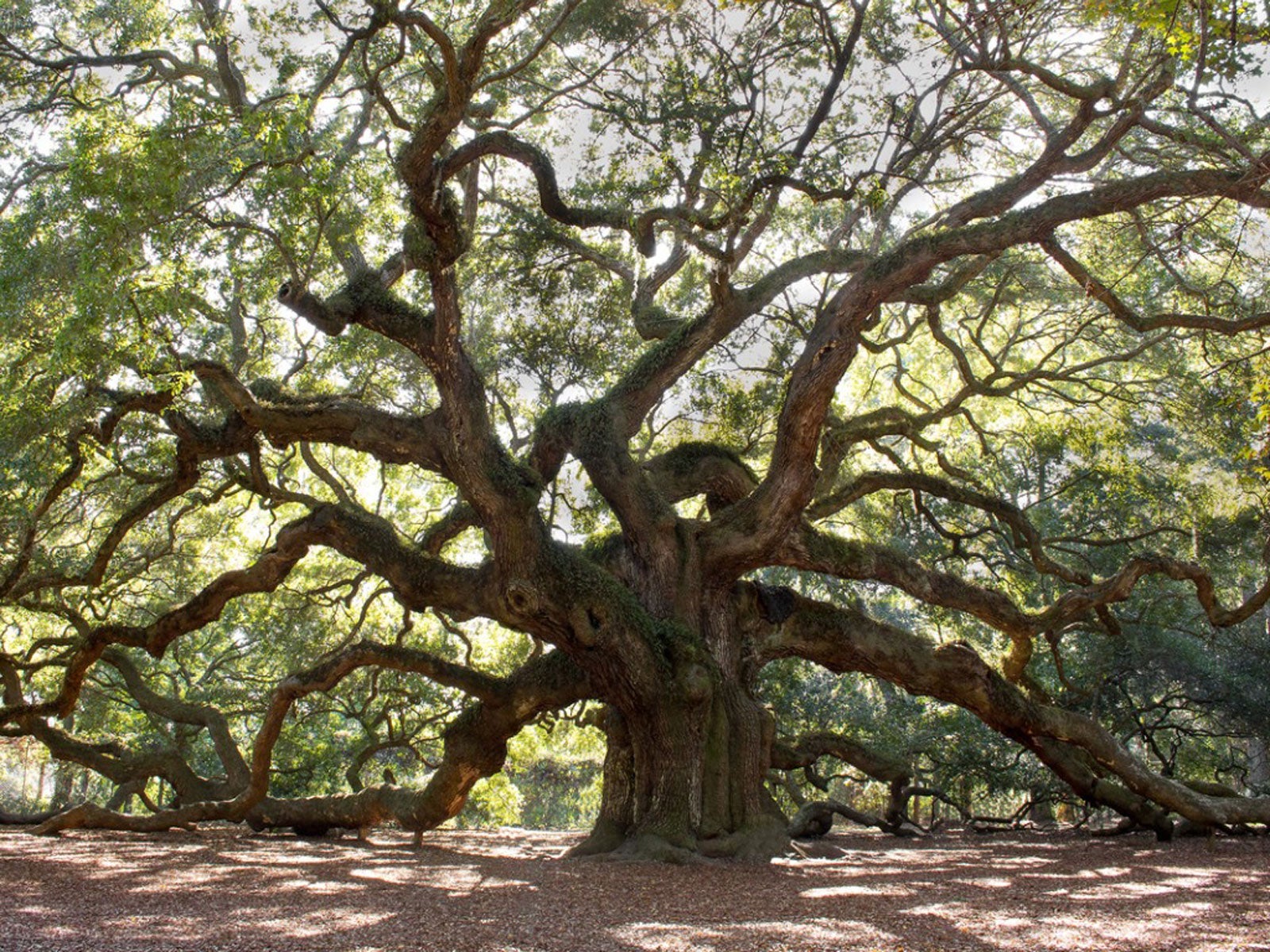Growing Shade Trees In The South: Shade Trees For The Southeast Region


Growing shade trees in the South is a necessity, especially in the Southeast, because of sweltering summer heat and the relief they provide by shading roofs and outdoor areas. If you’re looking to add shade trees onto your property, read on for more information. Keep in mind, not every tree is suitable in every landscape.
Choosing Shade Trees for the Southeast
You’ll want your shade trees in the South to be hard-wooded, at least those planted near your home. They may be deciduous or evergreen. Fast growing southeastern shade trees are often soft-wooded and more likely to topple or break during a storm.
The more quickly a tree grows, the more likely this is to happen, making it unsuitable for providing shade near your home. Select trees that don’t grow so quickly. When buying a shade tree for your property, you want one that will last for the duration of the home and of a size to fit and complement your property.
Many new home properties have small acreages around them and, as such, have a limited landscape. An oversized tree looks out of place on a small property and limits ways to improve curb appeal. Do your research before choosing southern shade trees. You’ll want one or a few with a mature height that provides the shade you need on the roof and property.
Don’t plant trees that will tower high above your roof. A tree with a mature height of around 40 to 50 feet (12-15 m.) is the appropriate height to plant for shade near a one-story home. When planting multiple trees for shade, plant shorter ones closer to the home.
Planting Southern Shade Trees for the Best Shade Possible
Plant strong-wooded shade trees 15 feet (5 m.) away from the home and other buildings on the property. Soft-wooded trees should be planted an additional 10 to 20 feet (3-6 m.) further away from these.
Locating trees on the eastern or western sides of the home can provide the most optimal shade. In addition, plant strong wooded southern shade trees 50 feet (15 m.) apart. Don’t plant under power or utility lines and keep all trees at least 20 feet (6 m.) away from these.
Gardening tips, videos, info and more delivered right to your inbox!
Sign up for the Gardening Know How newsletter today and receive a free copy of our e-book "How to Grow Delicious Tomatoes".
Southern Shade Trees to Consider
- Southern Magnolia (Magnolia spp): This attractive flowering tree is too tall to plant near a one-story home, but there are 80 cultivars available. Many grow to the proper mature height for home landscapes. Consider “Hasse,” a cultivar with the proper height and spread for a small yard. A Southern native, southern magnolia it grows in USDA zones 7 to 11.
- Southern Live Oak (Quercus virginiana): Southern live oak reaches a mature height of 40 to 80 feet (12-24 m.). It may take 100 years to become this tall though. This sturdy tree is attractive and may take a twisted form, adding interest to the landscape. Zones 8 through 11, although some types grow up to Virginia in zone 6.
- Ironwood (Exothea paniculata): This little known, native hardwood of Florida reaches 40 to 50 feet (12-15 m.). It is said to have an attractive canopy and act as a great shade tree in zone 11. Ironwood is resistant to winds.

Becca Badgett was a regular contributor to Gardening Know How for ten years. Co-author of the book How to Grow an EMERGENCY Garden, Becca specializes in succulent and cactus gardening.